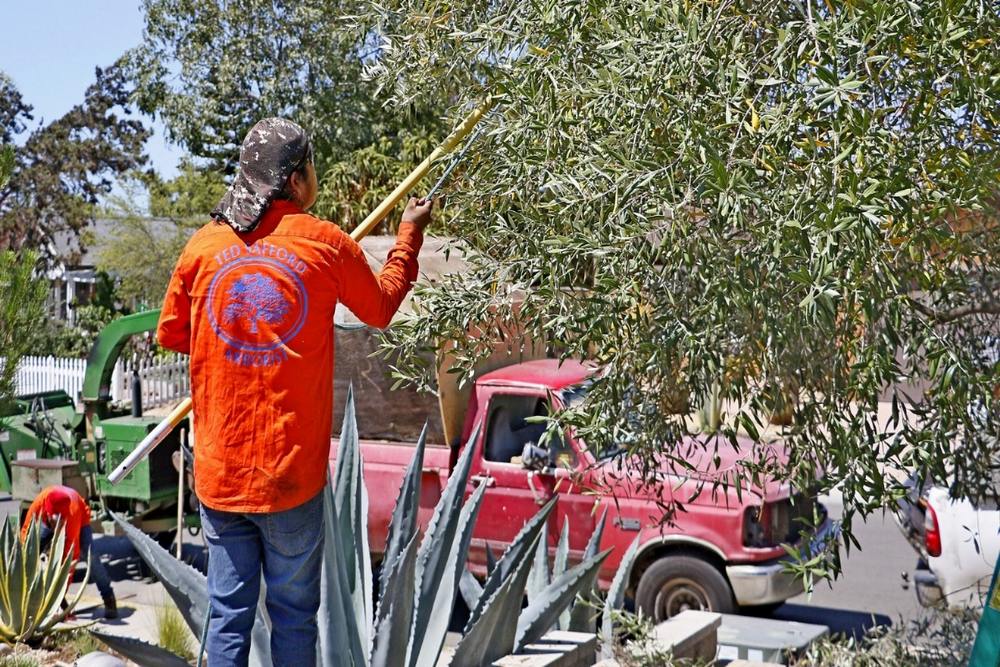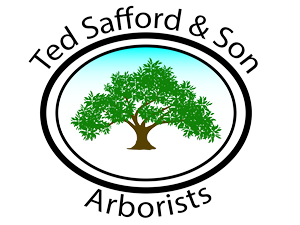How Arborists Diagnose and Treat Tree Diseases Before They Spread
How Arborists Diagnose and Treat Tree Diseases Before They Spread
Certified arborists are trained to detect subtle signs that most people overlook.

Understanding the Early Warning Signs of Tree Disease
Tree diseases often start quietly. You might notice small changes—discolored leaves, dead branches, or unusual spots on bark. These early indicators are your cue to pay close attention. Ignoring them can lead to rapid decline and even tree death. Certified arborists are trained to detect subtle signs that most people overlook. Their knowledge allows them to identify disease at the onset, which means treatment can begin before damage spreads. With professional insight, you can stop the issue early and protect nearby trees from contamination.
The Diagnostic Process: What Happens During an Inspection
When you call an arborist, the first step is a detailed inspection. This involves more than just looking at the leaves. Arborists evaluate the soil, root systems, trunk health, and canopy structure. They may use tools to probe for internal decay or test for fungal infections. Sometimes, lab testing is required to pinpoint the disease exactly. The goal is to understand what’s affecting the tree and why it’s happening. Factors like improper watering, pest presence, or poor soil conditions can all contribute. With a complete diagnosis, the arborist creates a customized treatment plan.
Tailored Treatment Plans That Work
Once the issue is identified, the next step is treatment. Arborists don’t rely on generic solutions. Instead, they consider your tree species, the specific disease, and environmental conditions before choosing a strategy. This could involve pruning infected branches, applying targeted fungicides or insecticides, or improving soil conditions to support recovery. Sometimes, injections may deliver nutrients or medicine directly into the tree. Every step is precise and aimed at restoring health without harming the tree or the surrounding landscape. This personalized approach helps your tree heal efficiently and resist future issues.
Why Speed Matters When Dealing with Tree Disease
Diseases can spread faster than you think, especially in close-growing landscapes or warm, damp environments. What starts as a minor problem on one branch can overtake the entire tree within a season. Worse, nearby trees may catch the same illness. That’s why early intervention is key. A trained arborist knows how to isolate the affected areas and take immediate steps to limit exposure. Acting quickly avoids expensive removals and reduces the risk of losing multiple trees. Timely care also gives the tree a better chance of surviving and thriving for years.
Long-Term Health Through Preventive Maintenance
The best way to avoid widespread damage is to keep your trees healthy year-round. Regular inspections and professional care are your first line of defense. An arborist can recommend pruning schedules, watering routines, and treatments that strengthen your trees against disease. Preventive maintenance costs less than emergency interventions and extends the life of your trees. You’ll also improve your property’s appearance and environmental value. Healthy trees offer shade, privacy, and beauty—but only if properly maintained.
Protect Your Trees the Right Way
If you’re concerned about the health of your trees, don’t wait for the situation to worsen. Call Ted Safford & Son Arborists today at (858) 692-2294. Our certified arborists are ready to assess your trees, diagnose any issues, and provide expert care that promotes lasting health and beauty.




